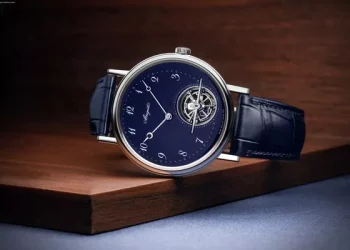Rolex Daytona is a legendary timepiece that has been a favorite of racing enthusiasts and watch collectors alike for more than half a century. The watch is known for its precise timekeeping and sleek, timeless design, making it a symbol of luxury and elegance.
Here are some key points to help you understand the Rolex Daytona better:
History and Background
- Rolex Daytona was first introduced in 1963, specifically designed for professional racing drivers.
- Named after the Daytona International Speedway in Florida, USA, where Rolex had been the official timekeeper since 1962.
- The watch’s unique features and functions quickly made it popular among racing enthusiasts and collectors.
Design and Features
- The Rolex Daytona is crafted with the finest materials, such as 18-karat gold, stainless steel, and ceramic.
- It features a tachymetric scale, which allows drivers to calculate their speed based on elapsed time over a measured distance.
- The watch has a chronograph function, which allows the wearer to time events accurately.
- The dial is available in different colors, including black, white, and blue, and is adorned with a distinctive three-sub-dial layout.
Technology and Movement
- Rolex Daytona is equipped with the Caliber 4130 self-winding movement, which is entirely designed and manufactured in-house.
- The movement has a Parachrom hairspring, which makes it highly resistant to shocks and temperature variations.
- The watch also has a power reserve of approximately 72 hours, making it highly reliable and durable.
In conclusion, the Rolex Daytona is an exceptional watch that combines precision, functionality, and luxury in a timeless design. It has become an icon of horology and is highly sought after by collectors worldwide.
Whether you’re a racing enthusiast or a watch collector, the Rolex Daytona is a timepiece worth owning. Its unique features and exquisite craftsmanship make it a symbol of luxury and elegance that will stand the test of time.
So, are you ready to experience the power of the Rolex Daytona?





























